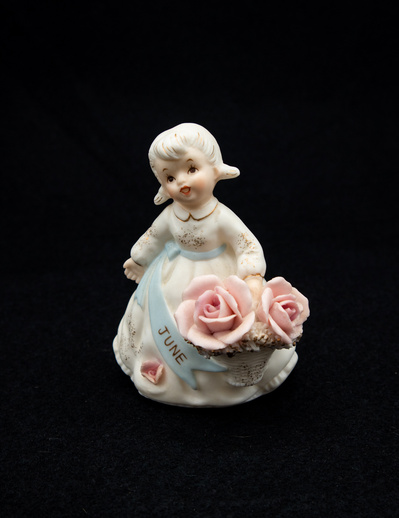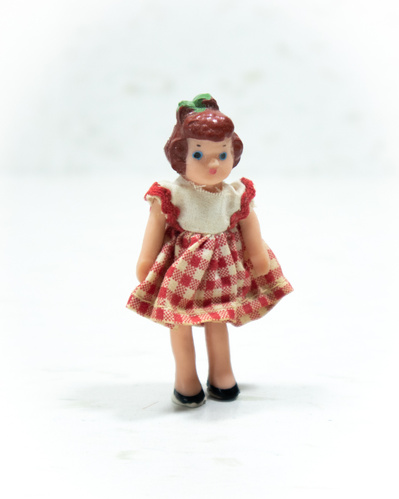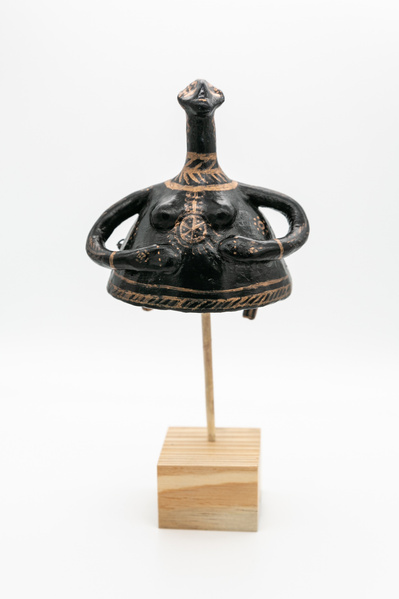feminine_mystique is a collection of sculptures and photographs I’ve made of images of feminine forms that span a 25,000 year history of depictions of women.
Some of my reference objects have known functions, such as the mid-century iconization of the Southern Belle as a ceramic planter, or the concept of the doll*-house and its family** as depictions of the perfect housewives and daughters; they re-enforce domestic, classist, economic, and racial expectations for a woman to be defined as meritorious.
Other pieces reference objects from pre-written history, and have been described--by the (predominantly professionalized Western male) people who described them--variously as: fertility goddesses, sexual or masturbatory objects, ceremonial sacrifices, or merely (female) children’s playthings (i.e. dolls).
This collection reflects my investigation into ancient and historic representations of hand-held feminine figures.
click images to reveal captions
* a “doll” is a humanoid representation geared toward children; while considered the oldest known form of children’s toy, in modern times, it’s considered an object strictly for female-assigned children (therefore includes negative repercussions for doll-interest outside of assigned-female association, for example, G.I. Joes are action figures, versus She-Ra figures are dolls.
** family: I was raised on mid-to-late-20th Century television. While it never reflected my biological experience, I learned ‘family’ could be averagely-defined as a cis-heterosexual married couple raising multiple biological children (2.5 on average, so ideally a boy, a girl,
and a baby, or 2 children of the same gender, and a baby of different gender); picture Leave It To Beaver, The Addams’ Family, The Munsters, The Flintstones, The Jetsons, The Simpsons, Roseanne, The Cosby Show, Married...With Children, The Americans, Modern Family (ironically, a show that juxtaposes 2 heteronormative families with a 2-dad household, and how all 3 struggle with those heteronormative expectations). Children with different combinations of parents, guardians, or siblings had to pay more for their doll-houses to represent their families. Children whose skin tones didn’t match the available toys had to use their imaginations.

















